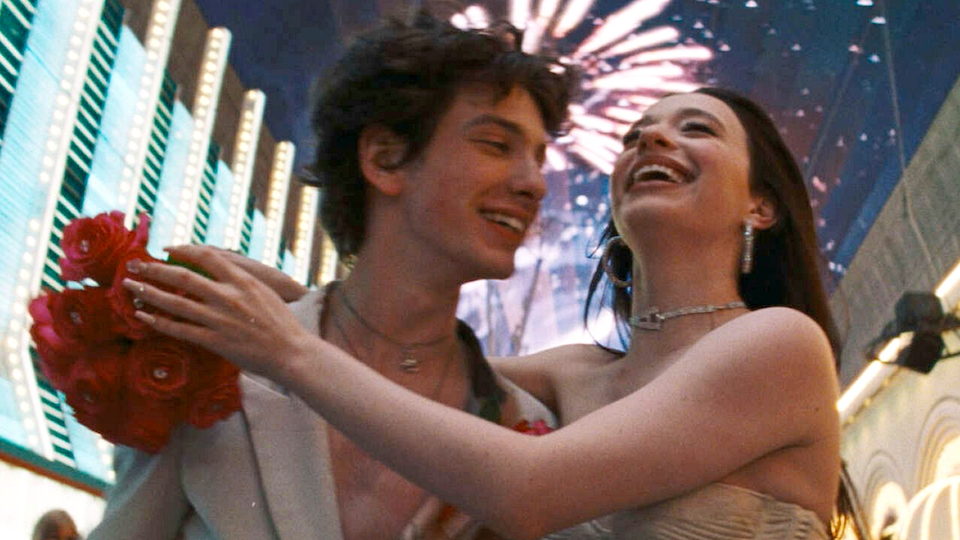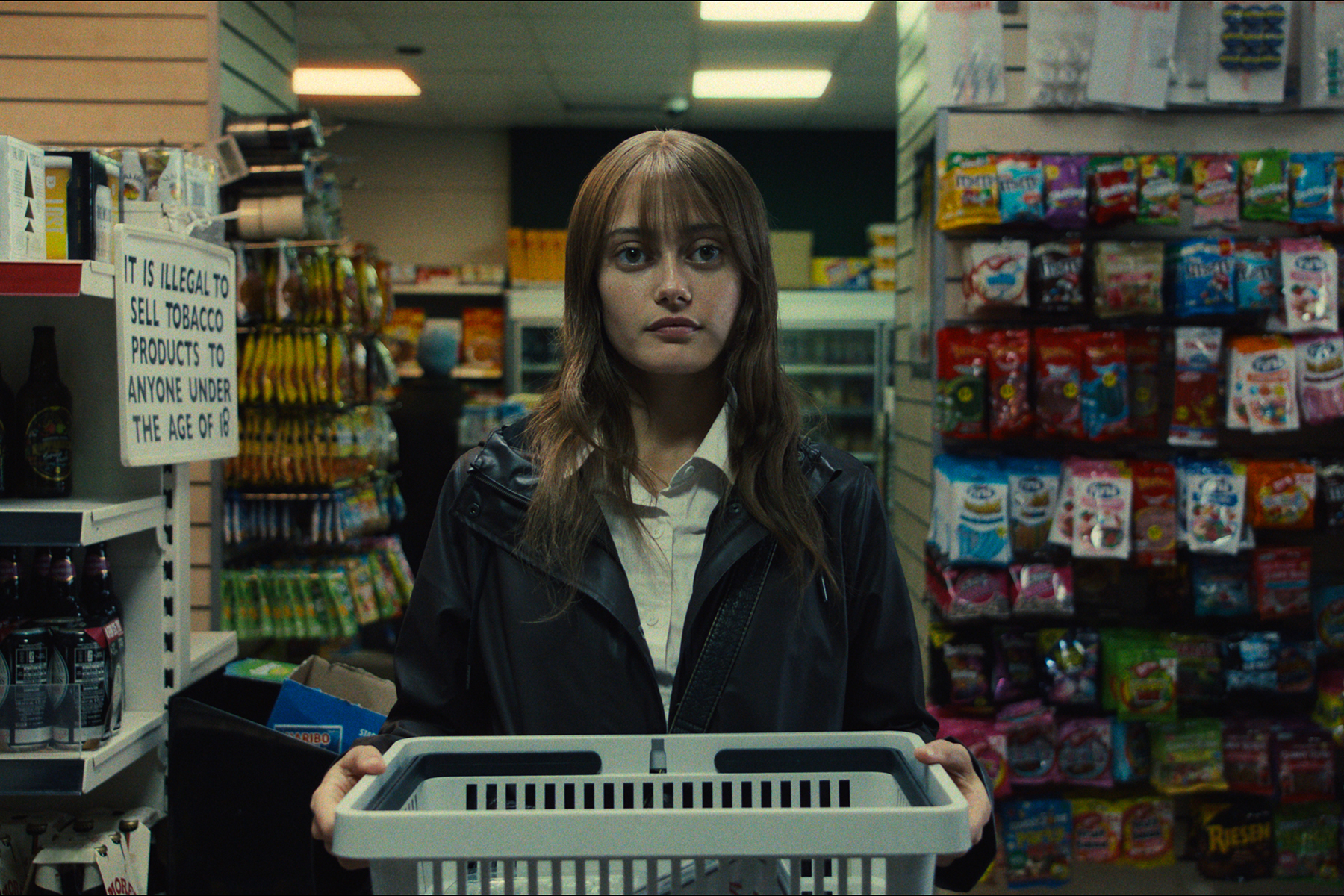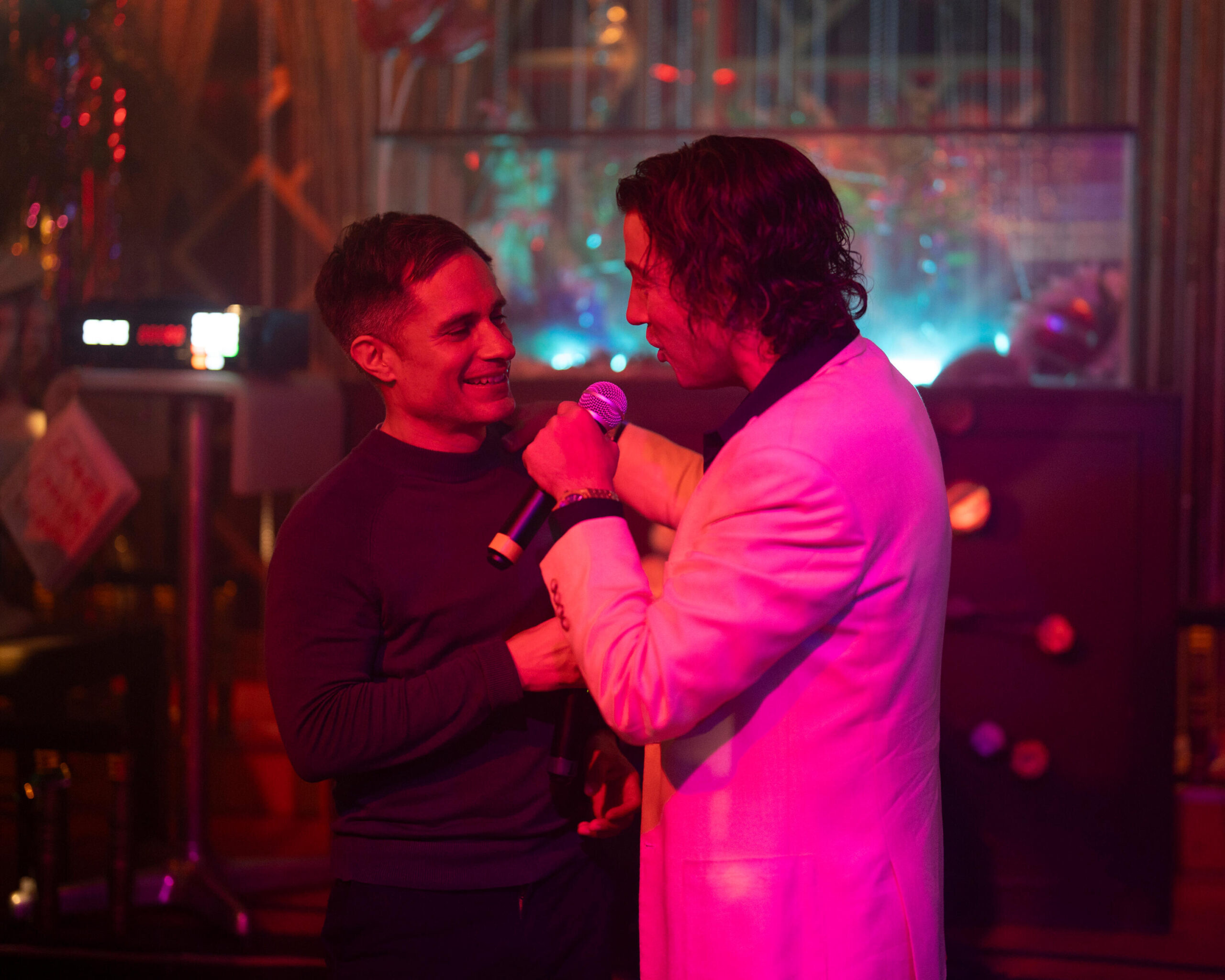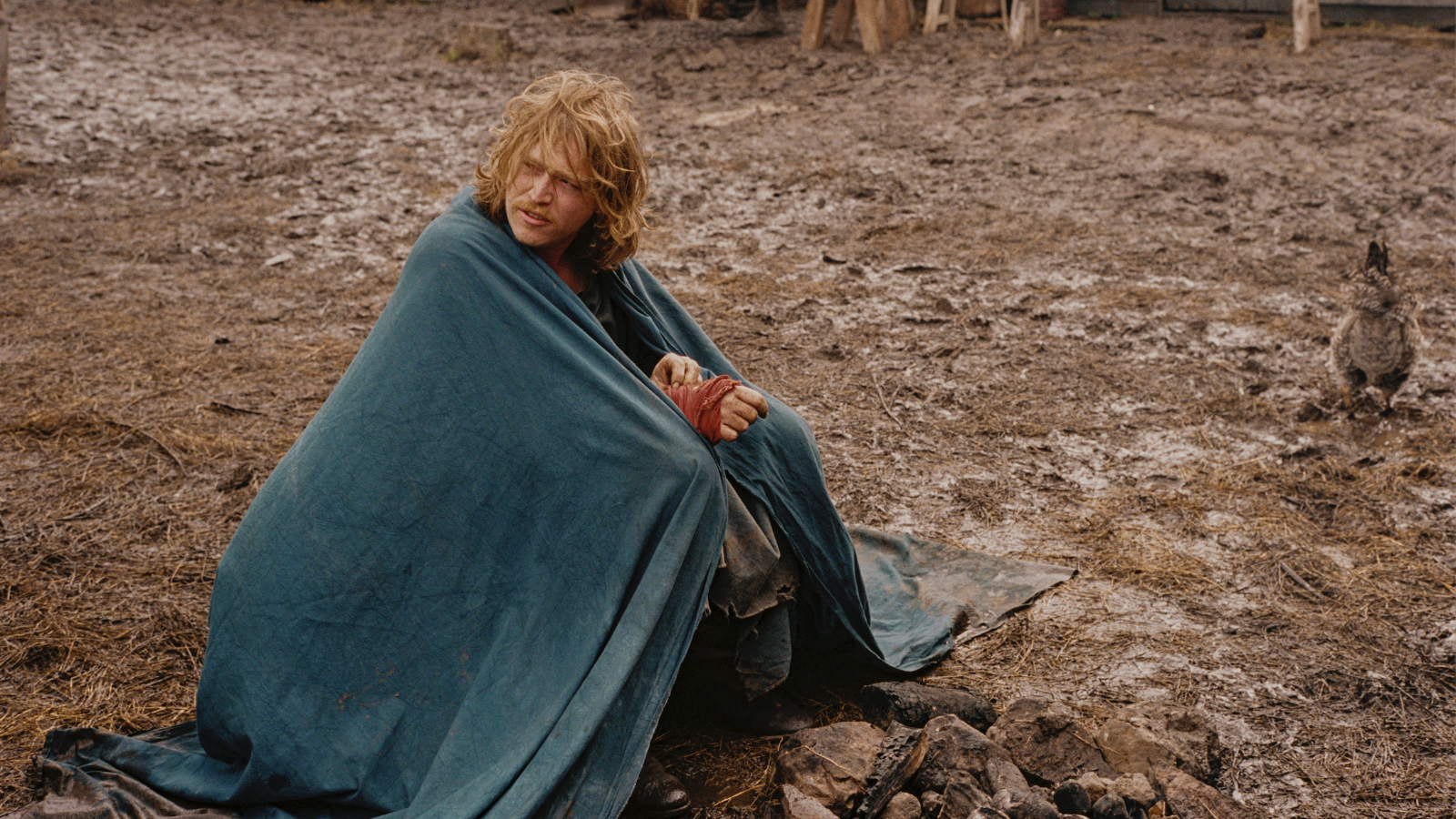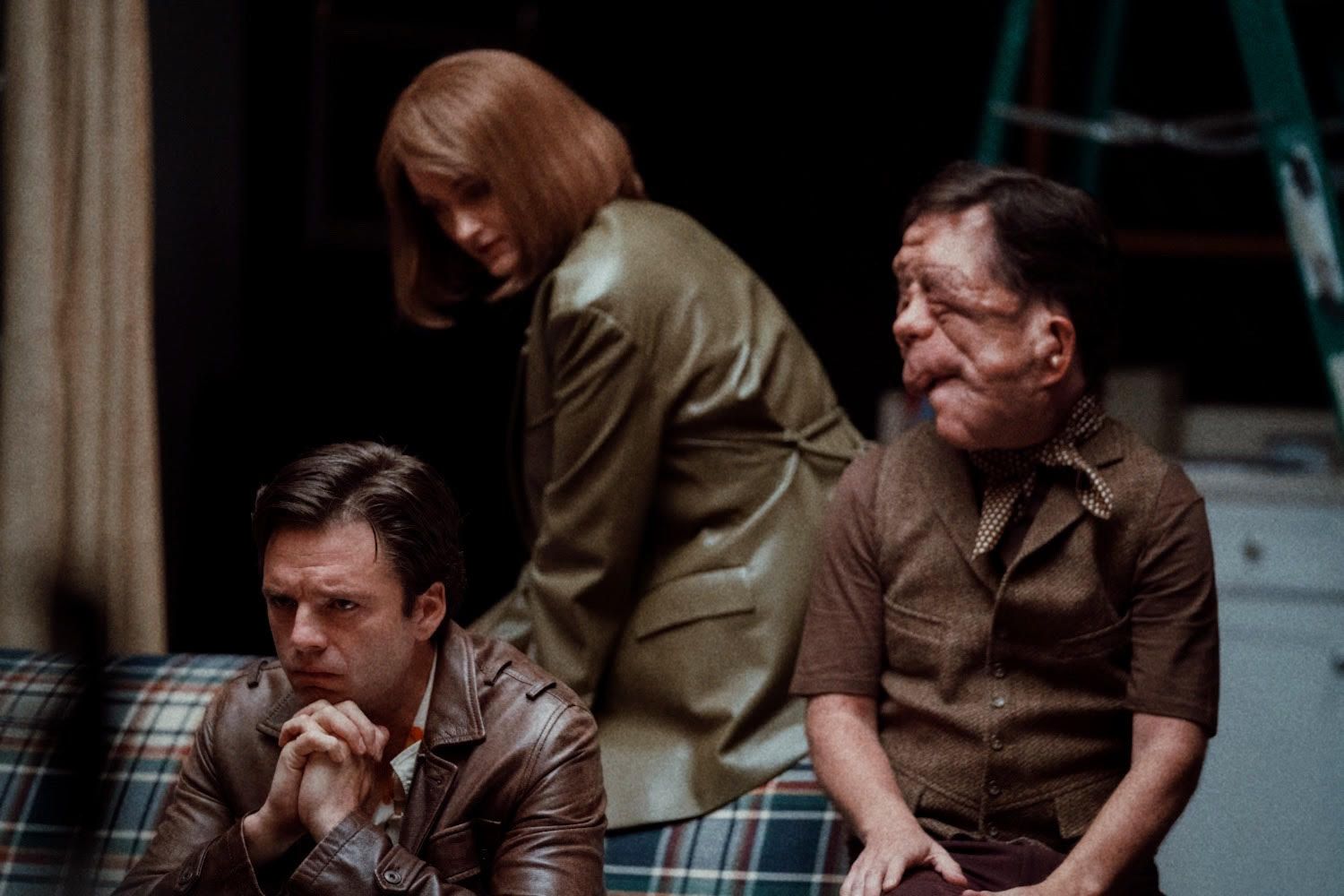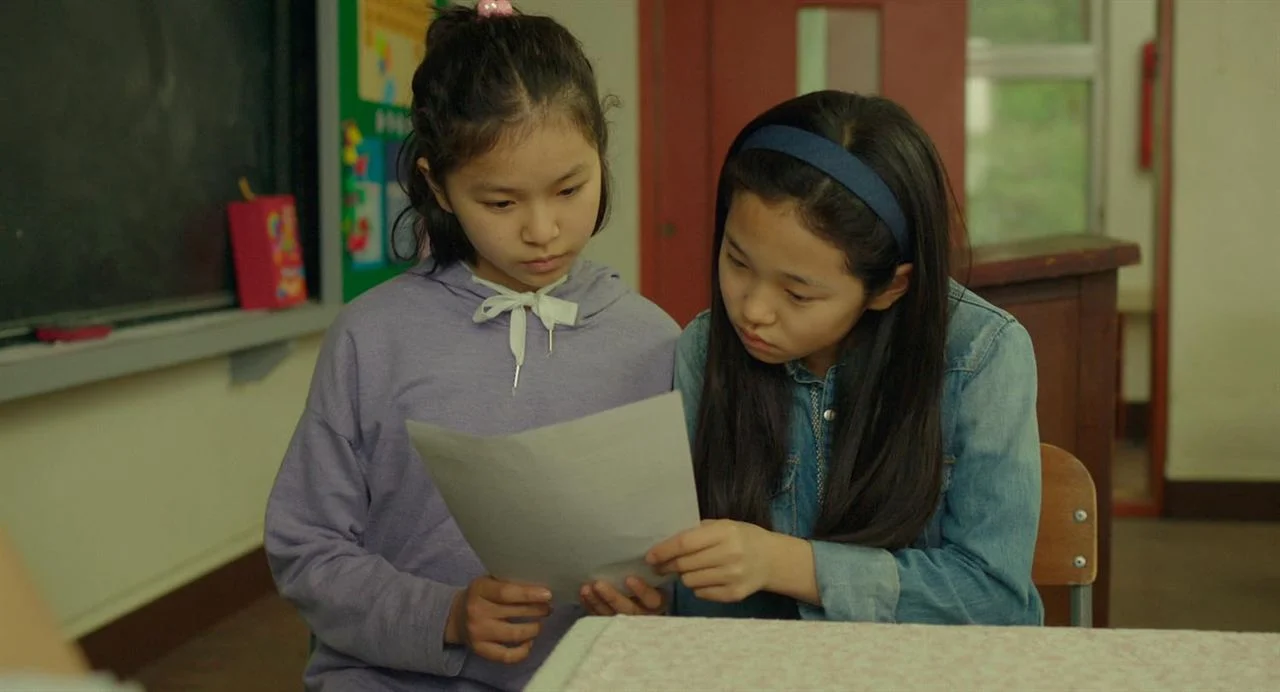John Amos was a pioneer in more ways than one. A tall, broad-shouldered man with a barrel chest, a winning smile, and an arsenal of “You’ve got to be kidding me” looks, he stood out in TV ensembles spanning four decades, from “The Mary Tyler Moore Show,” “Good Times,” and “Roots” in the 1970s to […]
